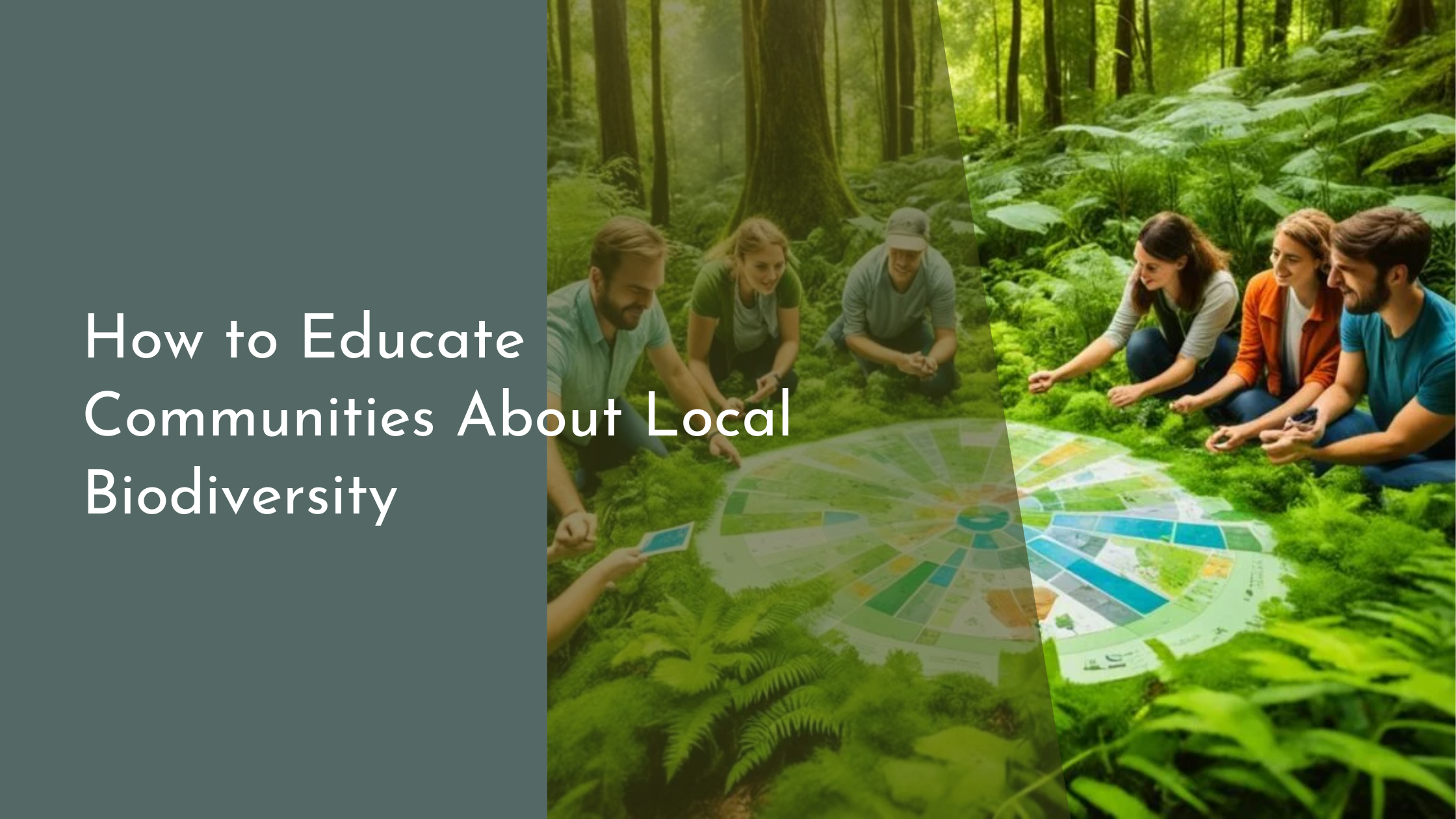How to Educate Communities About Local Biodiversity
Educating communities about local biodiversity is more important than ever. As the world grapples with environmental challenges, understanding and nurturing the diverse ecosystems within our immediate surroundings can play a pivotal role in conservation efforts. By fostering awareness and appreciation for local flora and fauna, communities can become active participants in preserving biodiversity. This article explores the steps and strategies to effectively educate communities about the natural wonders in their own backyards.
Understanding Local Biodiversity and Its Importance
Local biodiversity refers to the variety of living organisms found in a specific geographic area, from the smallest insects to the tallest trees. It encompasses ecosystems, species, and genetic variations that make each environment unique. Understanding local biodiversity is crucial because it underscores the interdependence of all living things. Biodiverse environments are more resilient to changes and disturbances, providing essential services such as clean air, water, and soil fertility.
The importance of local biodiversity extends beyond ecological balance. It also has significant cultural, economic, and health implications. Many communities rely on native plants for medicine, food, and cultural practices, while local wildlife often supports tourism and recreation industries. Educating people about these connections can inspire a sense of stewardship and responsibility, encouraging actions that protect and preserve biodiversity for future generations.
Creating Engaging Educational Programs
To effectively educate communities about local biodiversity, educational programs must be engaging and accessible. Interactive workshops, guided nature walks, and citizen science projects can provide hands-on learning experiences that captivate participants of all ages. By making these programs fun and interactive, educators can spark curiosity and foster a lasting interest in biodiversity.
Tailoring educational programs to fit the specific needs and interests of the community is another important strategy. Programs should incorporate local stories, traditions, and knowledge to make them relevant and relatable. Incorporating technology, such as apps for identifying species or virtual reality experiences of local habitats, can also enhance learning and engagement, especially among younger audiences who are digitally savvy.
Utilizing Community Resources and Partnerships
Leveraging community resources and partnerships can amplify the impact of educational initiatives. Local schools, libraries, and community centers can host events and disseminate information about biodiversity. Collaborating with local environmental organizations, parks, and wildlife agencies can provide additional expertise and resources to support educational efforts.
Partnerships with local businesses can also enhance biodiversity education. For instance, garden centers can offer workshops on native plants, while restaurants can promote dishes featuring local produce. Engaging local media can help spread awareness and reach a wider audience. By building a network of supportive entities, communities can create a sustainable model for ongoing biodiversity education and conservation efforts.
Measuring Impact and Celebrating Successes
Evaluating the effectiveness of educational programs is essential to ensure they are meeting their goals. Surveys, feedback forms, and participation rates can provide valuable insights into what works and what needs improvement. Tracking changes in community behavior, such as increased involvement in conservation activities or the adoption of sustainable practices, can also indicate the program’s success.
Celebrating successes, both big and small, is crucial for maintaining momentum and enthusiasm. Publicizing achievements, such as the restoration of a local habitat or the discovery of a new species, can inspire pride and motivate further action. Recognition events, awards, and community celebrations can bring people together and reinforce the collective commitment to protecting local biodiversity. By highlighting progress and accomplishments, communities can sustain their efforts and build a brighter, more sustainable future.
Educating communities about local biodiversity is a vital endeavor that requires creativity, collaboration, and commitment. By understanding its importance, creating engaging programs, utilizing local resources, and measuring successes, we can foster a deeper connection to the natural world and empower communities to take action. As we celebrate the wonders of our local environments, we lay the foundation for a healthier planet and a more harmonious coexistence with nature. Let us embrace this opportunity to learn, grow, and thrive together.

